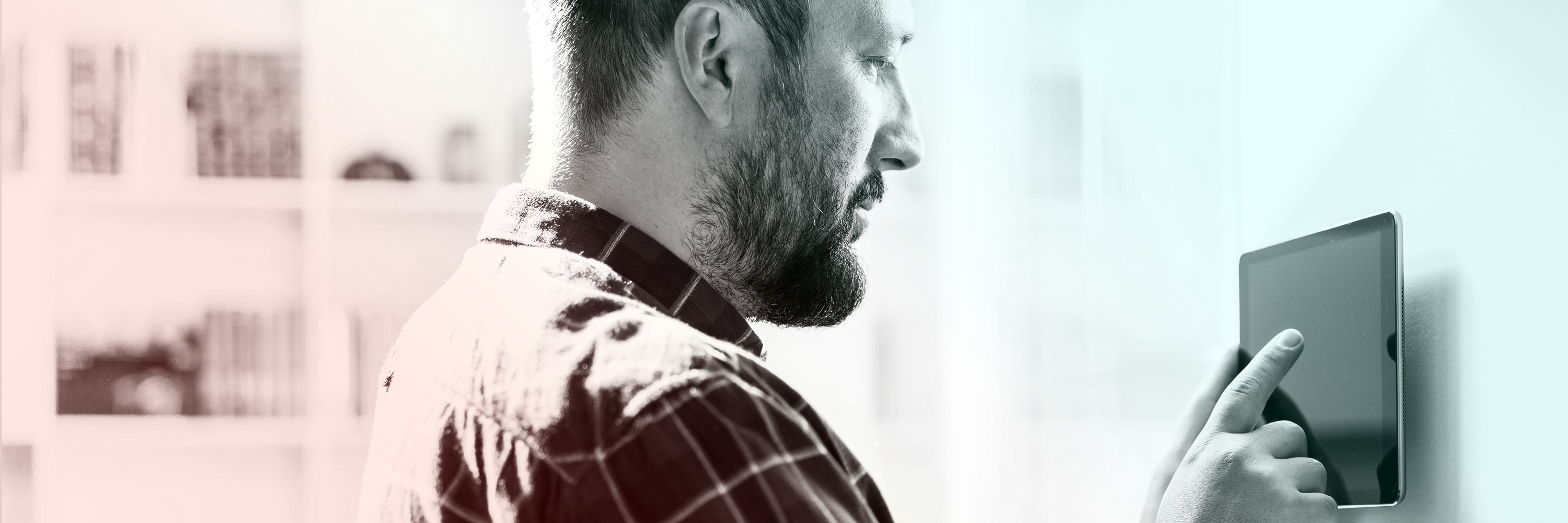
From the Pacific Northwest to the Southwest, the month of June was a harbinger of climate extremes. In Texas, last month proved challenging for demand response (DR) programs when a heat wave triggered demand response events that left smart thermostat customers feeling hot and frustrated. TikTok videos, memes, and tweets chronicled the experiences of customers who either did not understand what they had signed up for or could not override the DR event.
Emerging technologies—in homes and at the grid level—have enabled a less asymmetrical relationship between customers and their utility. But as customers ask for more control and more information, utilities must navigate new modes and contexts for communicating with customers.
Across our studies, ILLUME has identified ways to improve the customer experience. In this month’s blog, we look back at recent smart thermostat research to demonstrate how utilities can re-engage customers around the benefits and pain points of demand response as climate change demands longer and more frequent DR events.
What Can Utilities do to Improve the Customer Experience During Events and Throughout the Program Season?
Mechanisms to balance the grid can be complex and confusing. Below are our recommendations for improving the customer experience centered on enhanced communication, expectation management, and an emphasis on the customer journey.
#1. Clarify Program Mechanics and Set Expectations
- Check for Understanding at Enrollment. In our research, customers described the app-based enrollment process as seamless and quick. Out of the customers we surveyed, 94% enrolled in a BYOT program through a thermostat (or home security) app, device, or website. Customers appreciated that their account information was pre-populated, but recent events in Texas may suggest it would be valuable to check for customer understanding of events at the time of enrollment.
“I just clicked a button and it said I was enrolled.”
- Set the Stage for Pre-cooling Events. Utilities have an opportunity to enhance messaging to explain how precooling works, why it happens, and describe the energy usage and bill savings implications for customers who experience it.
- Explain Opting Out. Customers we surveyed did not see opting out as an ‘all or nothing’ behavior. Some talked about waiting until close to the end of an event before adjusting their thermostat, citing they had done their part during the hottest part of the day. Other customers expressed confusion about if and how opting out would affect their rebate. Clarifying how opt-out works may empower customers to make the events work within their lifestyles and circumstances.
- Disentangle DR Events from Perceived HVAC Failures. We found that there was relatively low comprehension of what to expect during events at the beginning of the season. As in Texas, after the first event, customers told us they were perplexed when their home was significantly warmer than their set point, and in a few cases, they thought it was an HVAC failure. Upfront communications about what to expect during an event might have alleviated customer confusion.
#2. Nurture the Customer Experience
- Be a Cheerleader. Several customers expressed a desire to see interim communication about their individual impact and the aggregate impact of their participation on areas like grid impact, greenhouse gas savings, or other metrics. During events, customers were looking for encouragement to stick it out for the full event even as their homes became hotter. Between events, customers wanted to see messages about the overall impact on the grid to cultivate feelings of being part of a larger cause.
- Set Expectations Around Savings. Sometimes DR programs don’t save customers money on their bills. The benefit is in the aggregate, where the utility can lighten the load on the grid. Instead, the benefits for customers are the incentives they receive as bill credits or seasonal participation gift cards. Clearly communicating those benefits from the beginning can help customers moderate their expectations of saving.
- Over Communicate. With the proliferation of digital devices, customers are used to a constant stream of communication from their service providers. However, customers in our study consistently described not seeing any advanced notification before events occurred and said they would have appreciated text message alerts.

The Takeaway
As climate change demands longer and more frequent DR events, utilities, and program administrators will need to have a more honest dialogue with customers. Equipped with deep customer research, utilities have a unique opportunity to enlist customers as climate co-conspirators, instead of social media disruptors.
